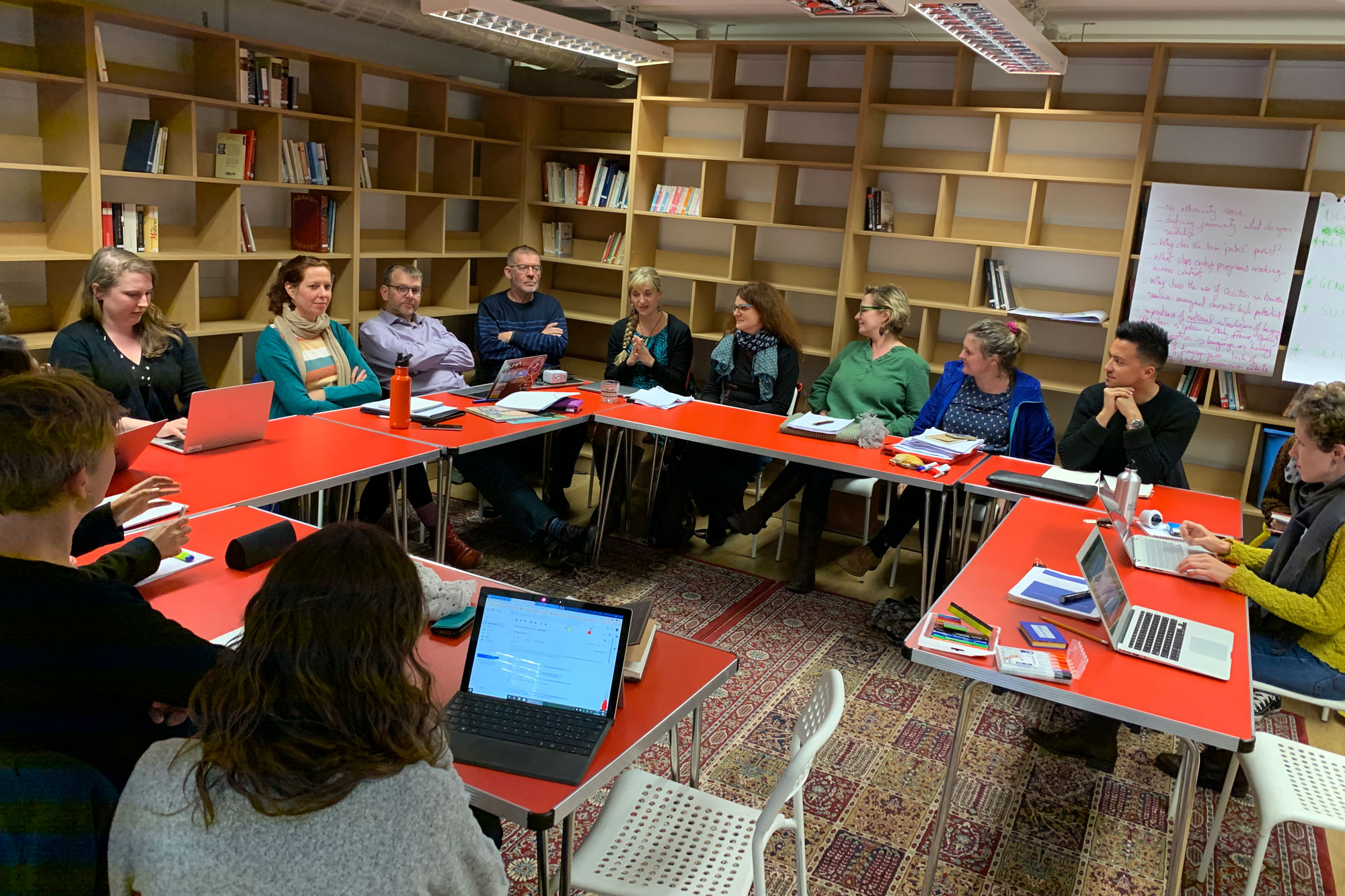The Center’s Language Vitality Initiative has released all seven community language case studies from the Sustaining Minoritized Languages in Europe (SMiLE) project. The case studies focus on how language revitalization programs and efforts sustain and build on their accomplishments over time. In doing so, they reveal how community-driven efforts survive and grow and how communities gain control—or agency—over the future of their languages.
The release of these case studies further SMiLE’s goal to share knowledge about language revitalization efforts, helping language use grow worldwide. The Center established SMiLE as an interdisciplinary and international research program, examining several minoritized language communities and their revitalization initiatives.
The project supported six research teams in eight regions of five countries for eighteen months of on-the-ground research. Research topics consisted of the intersection of the Irish language and community in Corca Dhuibhne, language use and perception due to revitalization efforts in North Frisland, language revitalization as community building in Occitania, investigating the past and future of Greko and Griko, grassroots revitalization and language activism in contemporary Galicia, and language maintenance efforts for Upper and Lower Sorbian.
Each research team was headed by two to three principal researchers spanning community-based scholars, language advocates, academic researchers, policy experts, instructors, and others. In order to produce roughly comparable studies across such differing communities and programs, each research team was responsible for answering seventy-five Research Questions which covered a community profile, language ideologies, lifelong learning, language policy, and economics. The research questions, available online, are useful for academic research and for communities or individuals who want to use them in self-reflection and assessments of their programs.
“Each case study provides a profile of a language revitalization effort over time,” said Mary Linn, curator of language and cultural vitality. “The authors go deeply into how programs deal with common problems that plague language realization efforts worldwide. “These include how they identify negative attitudes toward their languages, how they incorporate new speakers who may not speak the same as older generations, and how local efforts interact with policies and ‘top-down’ approaches.”
We encourage others to use the case studies and questions for their own research or in self-reflection and assessments of their own programs. The case studies are open access and available online.
About Language Vitality
With Indigenous and minoritized languages under threat, the Smithsonian Center for Folklife and Cultural Heritage’s Language Vitality Initiative supports community-driven language reclamation efforts. Our research promotes language use in new and traditional contexts and strengthens engagement in cultural heritage wellness. We work with digital and emerging media to promote unique voices and worldviews. We seek to educate new generations of community language practitioners and linguists through informal and formal workshops and institutes. All our work is used to educate majority-language users about the benefits of living in a multilingual world.


